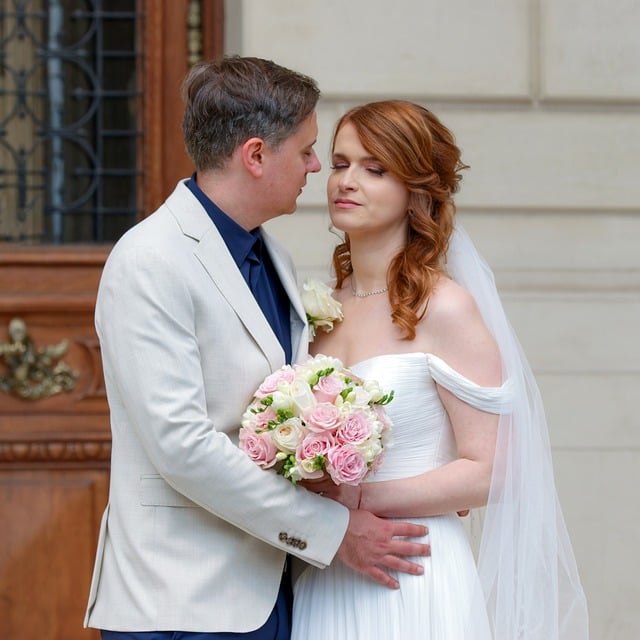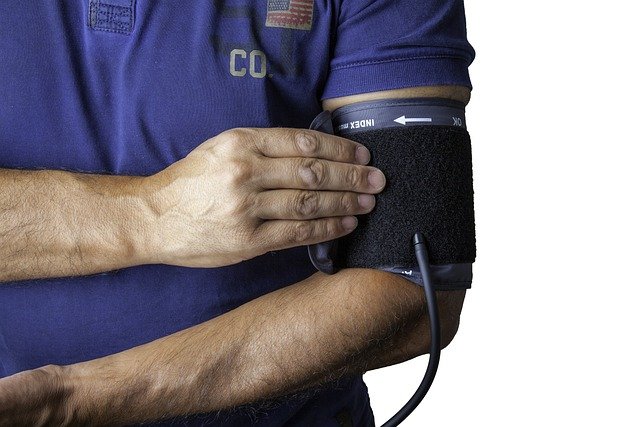Wedding Photos: Practical Advice for Planning Your Shoot
A wedding photo plan helps capture memories that reflect your relationship, setting, and personalities. Thoughtful preparation—from timeline and locations to lighting and clothing—reduces stress on the day and gives your photographer what they need to create consistent, meaningful images. This article outlines practical considerations for wedding photos so couples can make informed choices and get the most from their photography time.

Wedding: What to plan for photos
Start by building a simple photo timeline that fits your ceremony, receptions, and any travel between locations. Include time for getting-ready photos, formal family portraits, couple portraits, and candid coverage. Communicate key moments to your photographer (first look, vows, first dance) and to a trusted family member who can help gather people for group shots. Planning prevents rushed pictures and missed opportunities.
Consider the flow of your day: schedule buffer time for delays, decide whether you want a first look to allow more couple portraits before the ceremony, and confirm the availability of specific locations. Share a shot list with your photographer but allow creative freedom—this balance helps ensure you get essential images while benefiting from your photographer’s expertise.
Photography: Styles and equipment to consider
Understand common photography styles—documentary (photojournalistic), classic/posed, fine art, and editorial—to choose what best represents you. Documentary style prioritizes candid moments and storytelling, while posed portraits ensure formal family records. Many photographers blend styles; ask to see full wedding galleries, not only highlight reels, to evaluate consistency and storytelling.
Ask about equipment and backups: full-frame sensors, a mix of primes and zooms, and off-camera lighting are common for wedding work. Confirm how your photographer handles low-light situations, second shooters for multiple angles, and whether they use RAW files for greater editing flexibility. Clear expectations about style and technical approach leads to photos that match your vision.
Couple: Posing and timing for meaningful portraits
Couple portraits are the chance to capture intimacy and personality. Choose locations that reflect your relationship—urban streets, a beach, a park, or an architecture backdrop. Plan for at least 20–40 minutes of dedicated couple time if you want a variety of settings; if your timeline is tight, prioritize one location with options for several different backdrops and poses.
Focus on natural interaction rather than stiff poses: small prompts from the photographer (walk toward each other, whisper something, slow dance) can produce authentic moments. Bring a few quick outfit or accessory touches (a jacket, bouquet adjustment) to vary the look. Discuss any must-have shots—silhouettes, wide environmental frames, or close-up detail work—so the photographer can plan lenses and framing.
Bride: Portrait tips and detail coverage
Bride portraits often focus on dress details, makeup, bouquet, and the quiet moments before the ceremony. Schedule time in a well-lit room with soft, directional light for getting-ready shots. Capture dress details on and off the hanger, close-ups of jewelry and rings, and the moment of putting on accessories. These details tell the story of the day and add texture to your album.
Coordinate hair and makeup timing so the final touch-ups occur before key photos. If you plan veil or train shots outdoors, check wind and weather and have an assistant to manage fabric. Discuss preferred retouching levels—natural edits versus more airbrushed looks—so the photographer’s post-processing aligns with your expectations.
Groom: Complementary shots and group coordination
Groom photos should balance with the bride’s images and highlight personal details like cufflinks, boutonniere, shoes, and any heirlooms. Allocate time for portraits that show personality—formal headshots, relaxed candid moments with groomsmen, or staged scenes that match the wedding’s tone. Coordination with hair and wardrobe for the groom ensures consistent results.
Plan group shots involving the groom and groomsmen, and decide who should appear in each family or friend grouping. Clear direction about time and place for these photos reduces last-minute scrambling. If the groom has a first look with the bride, confirm whether you prefer a private moment or shared with immediate family, as this affects timing and who should be present.
Conclusion
Producing wedding photos that reflect your day takes planning, clear communication with your photographer, and a realistic timeline that balances posed portraits with candid moments. Focusing on style preferences, practical logistics, and meaningful details for both the bride and groom leads to a cohesive collection of images that convey the emotions and atmosphere of your wedding.






